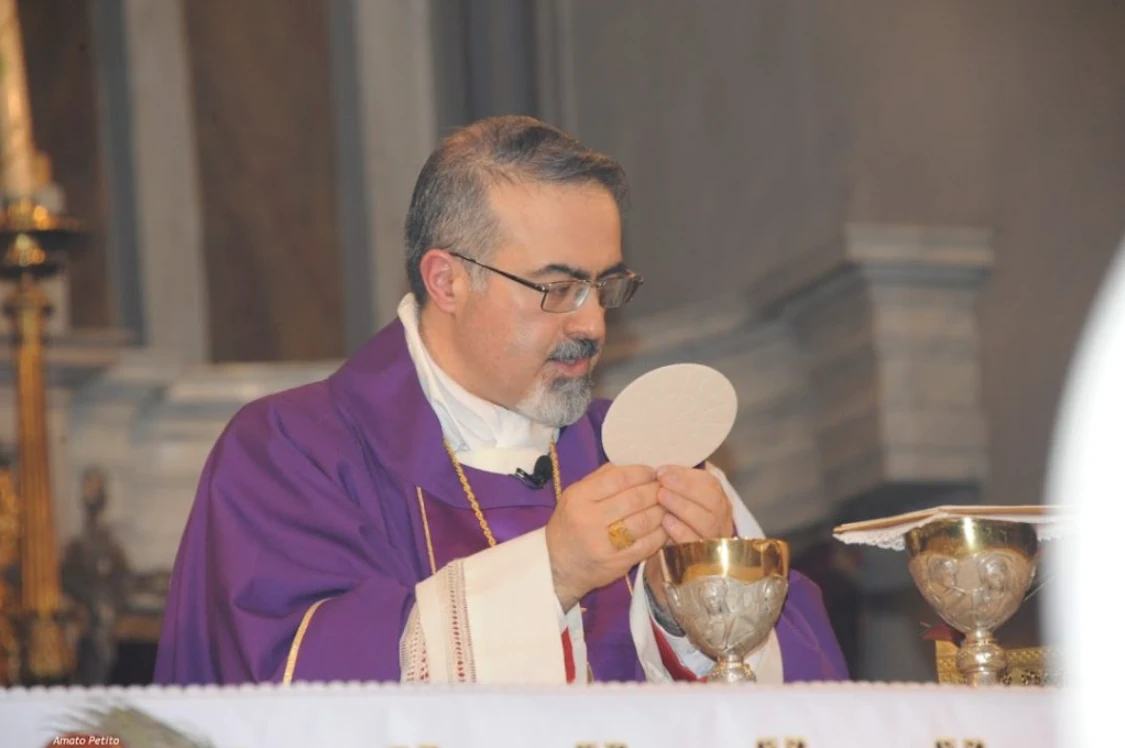Cremation urns, human bones unearthed near ancient city of Tralleis in Türkiye
 Human bones were discovered during a road renovation project by the municipality near the ancient city of Tralleis in Aydin, Türkiye, April 25, 2025. (AA Photo)
Human bones were discovered during a road renovation project by the municipality near the ancient city of Tralleis in Aydin, Türkiye, April 25, 2025. (AA Photo)
A municipal road improvement project in Aydin, western Türkiye, has led to the unexpected discovery of cremation urns containing human bones near the ancient city of Tralleis.
Discovery amid road renewal
The Aydin Metropolitan Municipality was carrying out road renewal works in the Kemer neighborhood of the Efeler district. Since the area is a designated archaeological site, the project was undertaken with the supervision of officials from the Aydin Museum Directorate.

As construction crews worked their way through large stone structures, they uncovered cremation urns believed to date back to the Roman period. The urns contained the ashes and bone fragments of individuals who had been cremated after death, a funerary practice known in the ancient world but rarely found intact in this region.
Roman-era cremation practice uncovered
Museum experts on-site examined the urns and confirmed the presence of numerous human bones inside. The findings were carefully removed and transported to the Aydin Museum Directorate for further analysis and preservation.
The site is located approximately 2 kilometers from the ruins of Tralleis, an ancient city that played a significant role during the Roman Empire and earlier Hellenistic periods.

Not the first time
Resident Ozer Aksoy, 67, told reporters that similar discoveries had been made during previous roadwork operations in the area over the years. “This neighborhood always surprises us,” he said. “History lies just beneath our feet.”
Significance of Tralleis
The latest discovery of cremation urns adds yet another chapter to the rich and layered history of Tralleis, also sometimes referred to in ancient texts as Trallais.
According to archaeological evidence and classical sources, the city was founded in the 13th century B.C. by Thracians and Argives following the Dorian migration.
Located on the southern slopes of the Mesogis Mountains (modern-day Kestane Mountains) in Aydin Province, the name Tralleis is believed to be derived from the Luwian word Tralla, combined with the Greek suffix -eis, which denotes “people of.” Thus, the name essentially means “people of Tralla.”
Although the city’s origins date back to the Chalcolithic Age, Tralleis is first mentioned in surviving historical records in the works of Xenophon, particularly Anabasis and Hellenica.
During the Late Archaic and Early Classical periods, the city was initially under the control of the Persian satrapy of Cyrus the Younger and later part of the Carian satrapy under Persian dominion. It peacefully surrendered to Alexander the Great in 334 B.C., along with neighboring cities, Magnesia and Nysa, as he advanced through Anatolia against Persian forces.

Following the wars of the Diadochi, Tralleis came under the rule of the Seleucid Empire. Seleucid King Antiochus I (280–261 B.C.) re-established the city as a strategic post along the Menderes River, renaming it Seleukeia. By the third century B.C., the city had gained limited autonomy and minted its bronze coins.
After the Peace of Apamea in 188 B.C., Tralleis fell under Roman influence. It was gifted to the Roman Kingdom under Eumenes II, along with cities like Ephesos and Telmessos. This period marked a time of economic prosperity, evident in the minting of high-quality Cistophoric coins—valuable silver currency of the time.
By 133 B.C., Tralleis became an official part of the Roman Empire. Roman authors Vitruvius and Pliny mention a palace built of brick during the Seleucid era, believed to have served as the house of the high priest of Zeus Larasios.
Although the temple of Zeus Larasios has not yet been located, its presence is depicted on ancient coins from Tralleis. The city also gained fame as the birthplace of renowned sculptors Apollonis and Tauriskos, whose works left a lasting impression on ancient art history.



